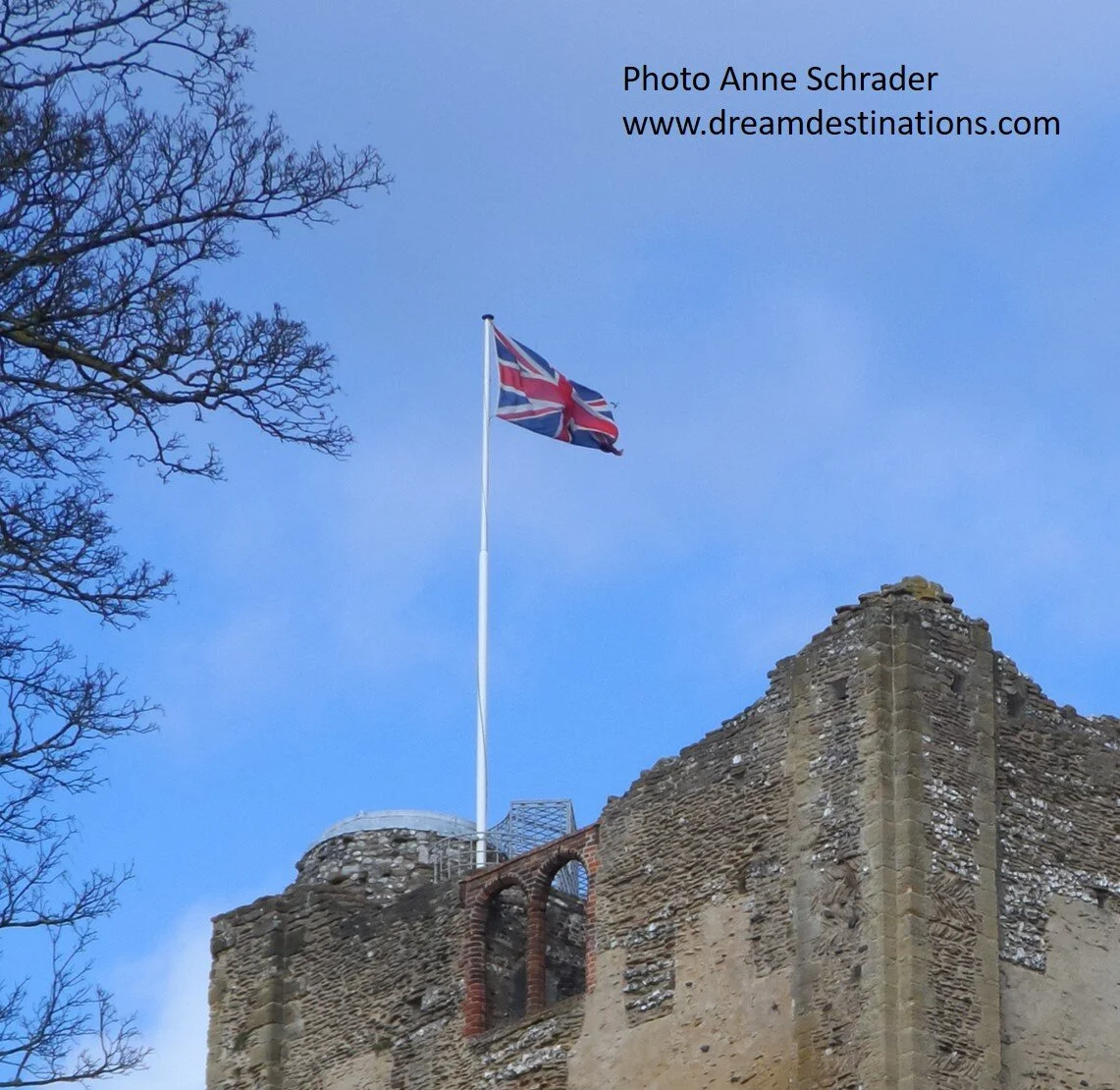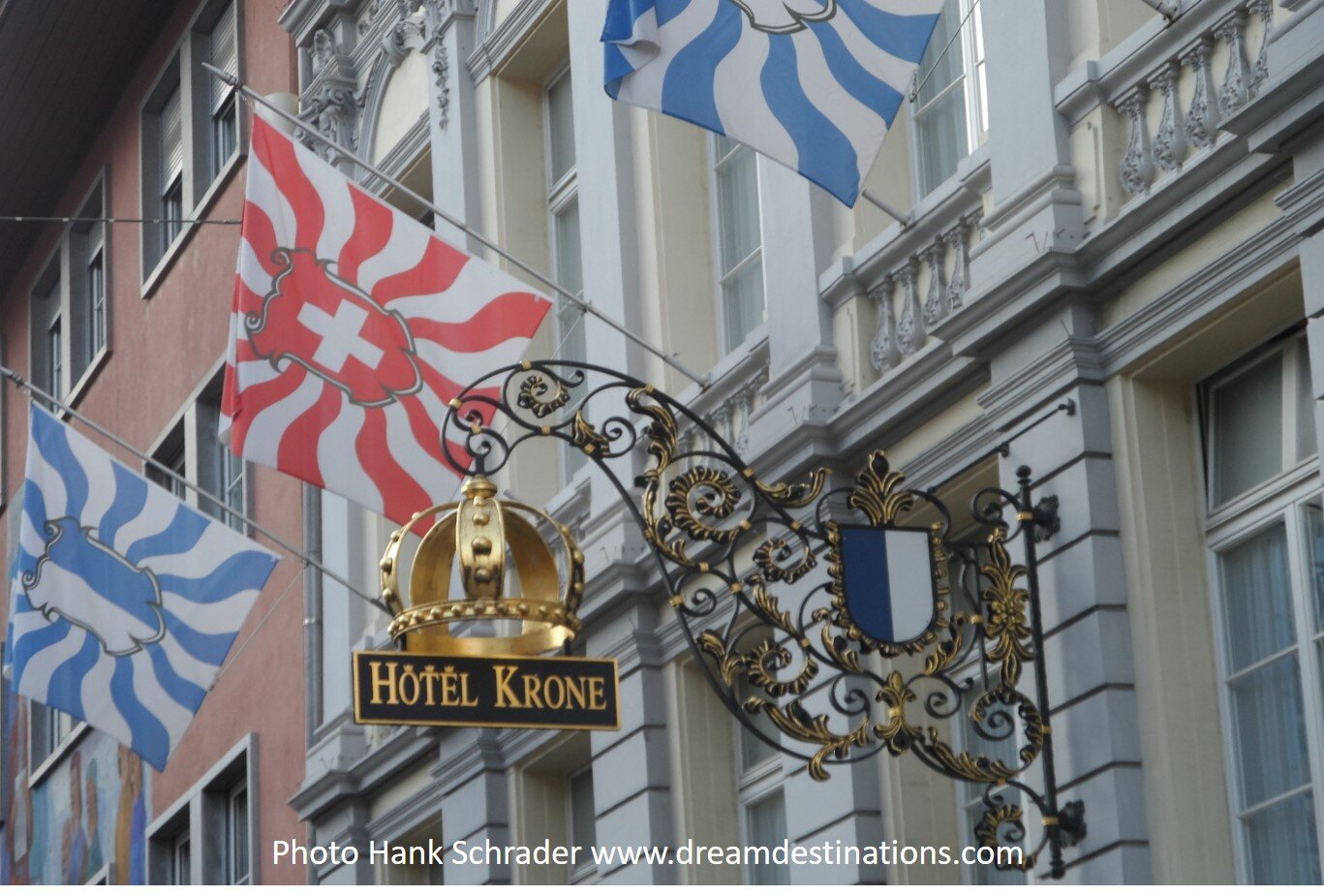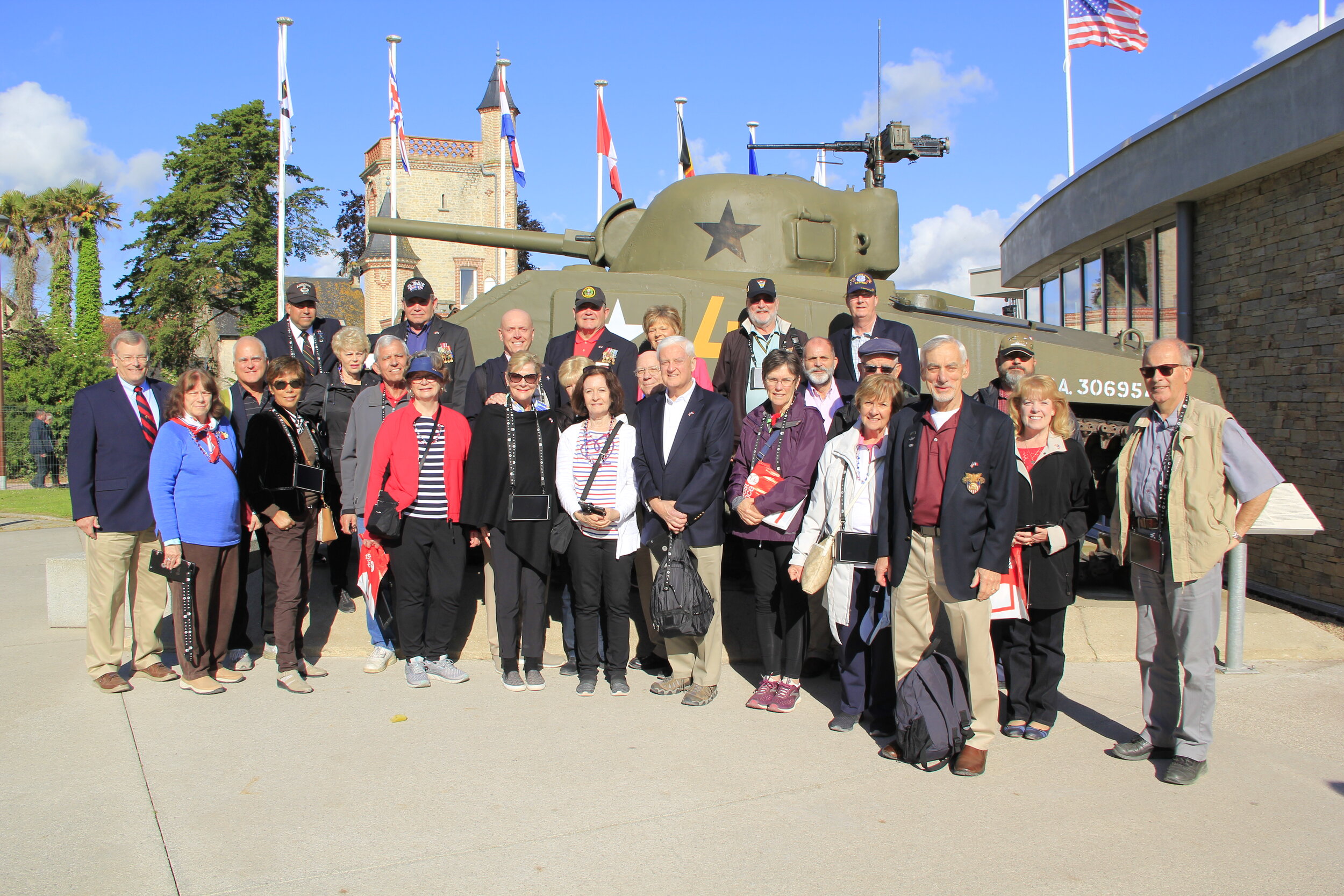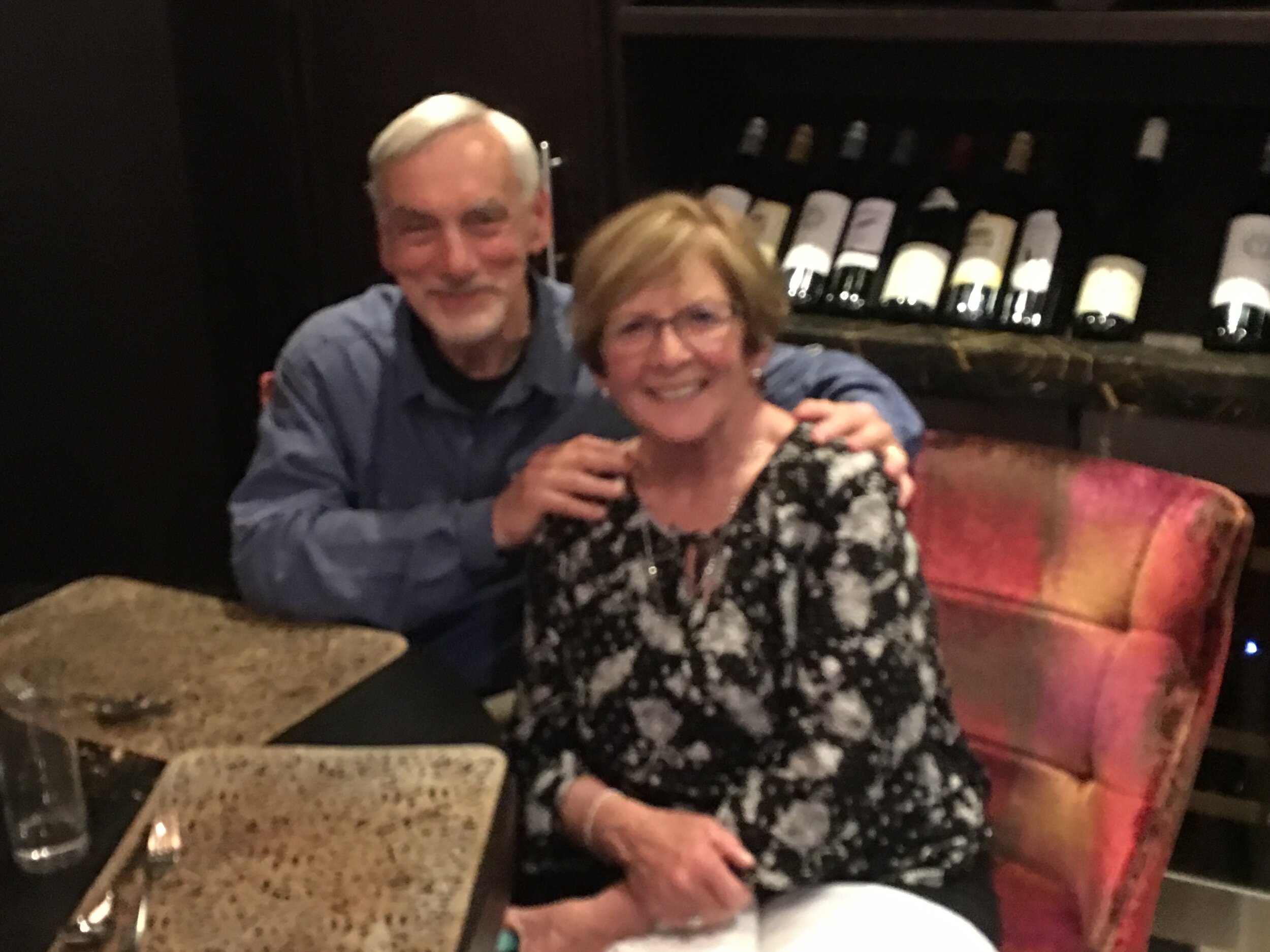Veterans Day 2023—Some of My Life’s Guiding Principles I Learned While Serving in the US Army
Hank Schrader, USMA '71, Europe Destination & Europe River Cruise Expert
This Saturday, 11 November 2023 is Veterans Day. It will be a Federal Holiday on Friday 10 November this year.
I always try to write something meaningful about being a 20-year US Army Veteran (1971-1991) on Veterans Day. I doubt anyone who has ever served in the military has not been changed in some way, regardless of whether they liked or disliked their service time. It is not a job that is right for many, as the sacrifice and demands seem endless.
Some will be disappointed about us not writing about travel, but the experiences gained from my service and Anne’s experience as a spouse and civilian employee of the Army, are part of the values of our company. Reflecting is an important part of life and I want to share my thoughts with you.
So, I thought I’d pass on a few thoughts about My Guiding Principles I learned as both a West Point cadet and an Army Officer. All these principles have carried through after I retired from the Army and went on to other jobs. I’m sure many Army Leaders used most of these characteristics during their service.
Being Physically Fit
The Army is a demanding physical profession. We often carry 40 to 80 pounds of gear, work with little sleep and then have to perform with others shooting at us. I knew, if my men depended upon me, I had to be the one in the best shape of all of them.
I guess this just came naturally—I ran the 440-yard dash on the Army Track Team in my 4 years at West Point. played rugby until I was 41, sometimes at a high level and loved working out. It wasn’t just okay to be good; I tried to be the best.
Army-Navy Indoor Track meet 1968. I ran the second leg of the mile relay and have just taken the baton from my teammate. We won the event.
Outdoor Army-Navy meet 1969. I ran lead-off leg of the mile relay which we won.
As a young 2nd lieutenant during the 12-mile march as part of the EIB (Expert Infantryman Badge), requirements, the standard was carry full gear and complete the march in under 3 hours to pass (a 4 mile an hour pace). There were over 300 candidates line up at the start and I finished first of all of them in 1 hour and forty-nine minutes—better than 6 miles an hour pace with all the gear. It wasn’t about bragging rights; it was about performance and dependability.
My Battalion Commander told me after that event, he knew who to count on for the toughest job and that held true for all the time he was in command—he depended upon me, and I performed.
Leading From the Front and Loyalty
As a leader, you set the standards. I never asked my men to do anything I would not do. Men respect leaders who care for their soldiers. What attitude do you display in the front of your soldiers—when you are dirty, tired and the tasks become more difficult, do you gripe, or do you inspire? Trained properly and with good leaders, soldiers can achieve way more than they thought they could.
I am leading my soldiers in a parade as commanding officer of B Company, 4/20th Infantry.
I guess it goes without saying you must be competent in your craft—understanding tactics, doctrine and concepts is vital. You must know how to maintain and properly use the equipment and arms in your unit and the unit you command or support.
Track Swim of B6, my command vehicle in Panama 1979. We had just completed swimming my M114 armored carrier in Gatun Lake.
Our West Point Cadet Prayer said this rather succinctly, “Encourage us to live above the common level of life”—it means for me lead from the front and try to achieve better results than most and attain at least the set standards, no matter how high or difficult it is.
Being the example and role model requires discipline and vision—where do you want your soldiers to go? It also requires consistency—you can’t be good one day and sloppy the next. You also must have a goal or standard to reach and decide what is your vision to achieve that standard.
Communication is important—it must be effective and meaningful. Leading from the front also means you set the standards and then empower your soldiers and give them the chance to achieve the unit and individual goals. It is not always easy but necessary to be an effective unit.
Leading from the front also means loyalty to your superiors and to your men—good leaders know how to balance loyalty both ways up the chain of command and down the chain of command.
This is a picture from 1977 Founders Day in Panama. Loyalty means honoring traditions. From left to right, Hank, and my 2 West Point Class of 1971 classmates Rich Zimmerman and Larry Boice.
Honor and Integrity
West Point teaches us to become leaders of character. Many of us, and even our children and spouses often cite perhaps the best-known line of the Cadet Pray “Make us chose the harder right, instead of the easier wrong, and never to be content with a half truth when the whole can be won” as a great guiding principal of their lives.
You are always tested throughout an Army career, with chances to cut corners or just try to avoid the whole truth. Most of the time, it was just clear-cut—this is wrong regardless of the consequences.
I once faced a very difficult decision as a new S-3 (Operations Officer). I was a major. On our first field training exercise, I had to develop an operations order (you military folks know this as the 5-paragraph operations order). I prepared the order, showed it to my Battalion Commander (an LTC) and he made some major revisions to clear up the instructions. He was an awesome ops guy—he took my correct instructions to all the units and made them textbook perfect. With the updated order, I then had to brief our Brigade Commander (Bde) about the plans.
The briefing went better than I could have expected, it was a sure homerun. Our Bde Commander then stated it was the “best op order he had ever heard” and praised me for writing such a great ops order. Without hesitation, I responded “Sir, this is not my work alone, my Bn Commander rewrote a lot of it.” In a highly competitive environment of field grade officers, this could have cost me a chance for promotion to LTC. I can never be sure, but that day forward there could be no doubt from anyone in the 7th Infantry Division (Light) I would not take credit for something I didn’t do or have help with.
I know I made the right decision—the truth is always the proper path regardless of the consequences—I like to say, “bad news never gets better with age”.
Courage
Courage is a hard thing to define. Maybe it is a lack of fear, maybe it’s overcoming fear. I guess in some form it is confronting a difficult situation seeking a solution. The higher the difficulty of the situation (in the military we often refer to this as conditions), the resolve required for a successful outcome is a measure of courage. There is both mental courage and physical courage.
The Cadet prayer defines courage as “Endow us with courage that is born of loyalty to all that is noble and worthy, that scorns to compromise with vice and injustice and knows no fear when truth and right are in jeopardy.” This part of the prayer talks about the mental challenges of courage. It requires a lot of judgement to decide what is “noble and worthy” and excellent critical thinking skills.
It takes courage to assess what is wrong and fix it—we often don’t like confrontations. True leadership is making corrections and retraining to attain or surpass the desired outcomes. The result is a better trained unit and will ultimately save lives as a deterrent or in actual conflict. The right approach results in unit cohesion and superbly trained soldiers. On way I approached this was not to present problems to my superiors, but to present a problem and a possible solution. As you can imagine, it was a constant in my military career.
As a major (O 4), while the Chief of Investigations and Assistance of the 7th Infantry Division (Light), I routinely advised the 2-star Division Commander (0-8) about situations and violations of regulations. Most senior officers I had to confront were very receptive and appreciative to resolve problems before they became issues. I was not as fortunate with a One-star (07) who was incorrectly punishing a soldier and was not following the regulations for the situation. He refused to take my advice and berated me repeatedly—he felt it was his prerogative and I was not going to usurp his power or decisions. I calmly replied, “Sir, you can either take my advice, or you will receive a call from your 2-star commander who will order you to comply.” He refused. 20 minutes later, the 2-star commander called him and ordered him to comply.
This was about me taking power and decision making from superior officers—it was about doing what was right and following our written regulations, but it did require courage on my part to do what was right and confront a superior officer. You should realize that that is one way our Army is great—even high-ranking officers or senior enlisted are not above the regulations.
We know all about physical courage under fire. We often recognize these feats with medals—the Bronze Star with V device (Valor), the Silver Star, the Distinguished Service Cross, and the Medal of Honor and with combat badges. As the popular saying of today is, these heroes ran towards the sound of gunfire, not away from it.
I always are in awe of these soldiers—I never served in an offical combat zone and respect and admire those who served and displayed courage under fire.
This is a summary of my career. The 4 medals are from left to right Meritorious Service Medal with 2 oak leaf clusters (oak leaf is used to designated another award of the same medal), an Army Commendation Medal, an Army Achievement Medal with one oak leaf cluster and the National Defense Service Medal. Just above my name tag is my Airborne Wings, my Expert Infantry Badge and my cloth Ranger Tab. Also on this carboard display is my Infantry Branch Crossed Rifles, my Major Golf Leaf rank insignia and my Inspector General Branch insignia. The other pins are units I served in during my 20 year career.
Decisiveness
Good leaders have the ability to determine the correct course of action or to readjust if things are not working out right. Judgement is very important, good leaders evaluate and respond appropriately.
Making sound and timely decisions is the key. Evaluating situations and deciding how to solve the problem or confrontation facing you. Calmness and poise under pressure are awesome characteristics of leaders. It saves lives in combat and training is stressful situations is important part of developing the confidence to be decisive.
My Final Thoughts
I’m proud to be a veteran, it was an honor to serve my country. I can promise you the sacrifices and conditions of military service pale to what I gained. I learned how to perform under pressure, to achieve goals and standards, and developed into a leader of character. Many along the way helped mentor me, demanded more of me and taught me to be a better leader. The soldiers I served with helped me by supporting and preforming as required. I was just a small part of a much bigger service force that protected our country during my 20 years of service.
Maybe the next time you run across a veteran, thank them for helping to protect our nation. They all need to be remembered, for they made our country safe and allowed others to pursue their dreams, raise families, and grow our nation.
Thanks for reading, and if you are a veteran, currently serving, or part of an active or veteran family, thanks for protecting our country. You are all very special and have my utmost respect.
Major (retired) Henry “Hank” Carl Schrader, Jr, Infantry Officer 1971-1991





















































































































































































































